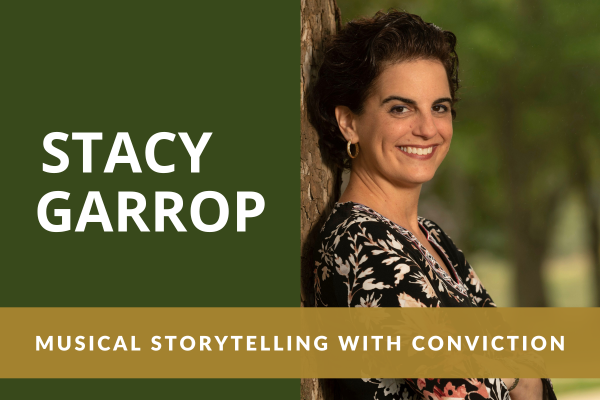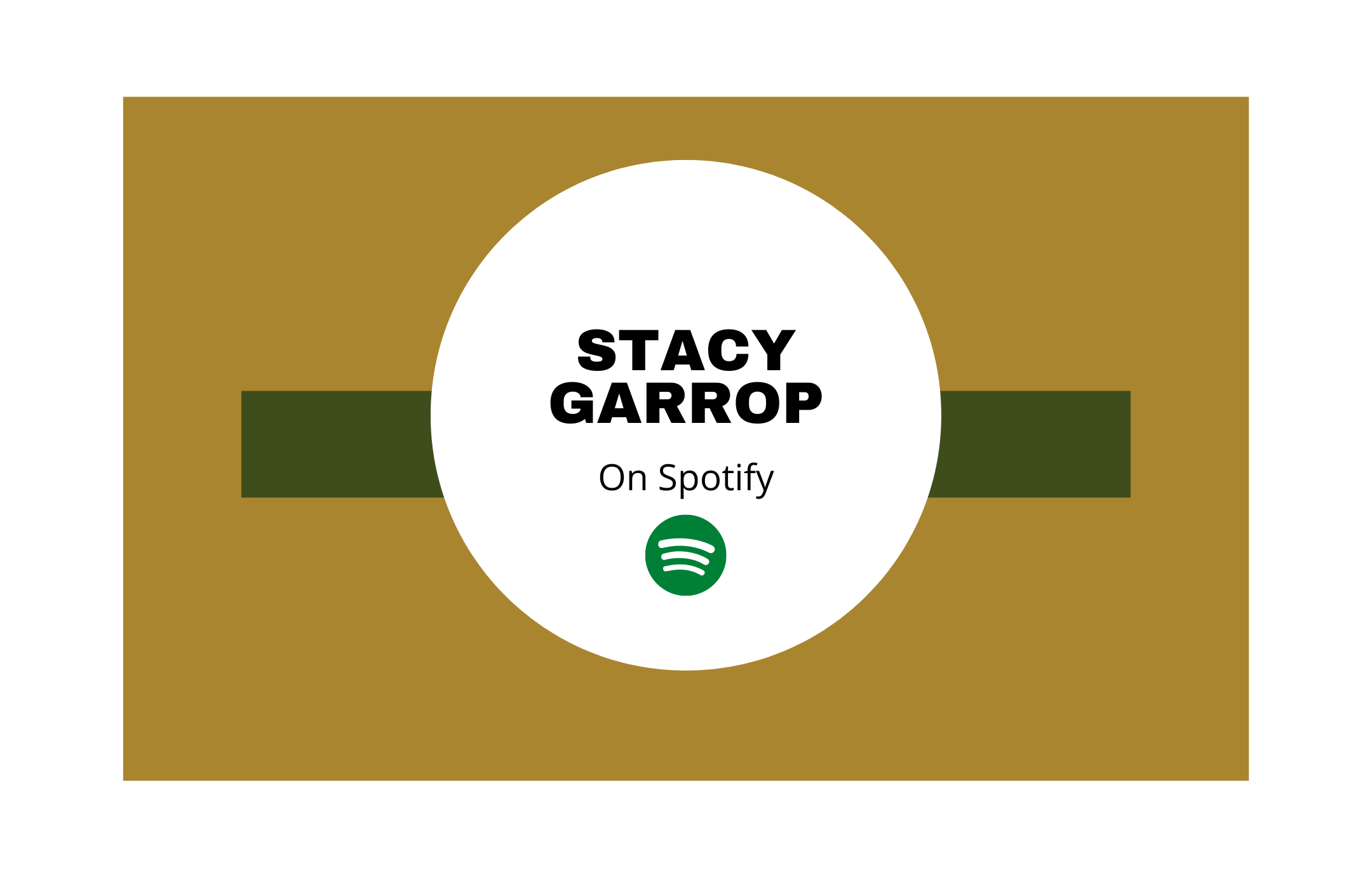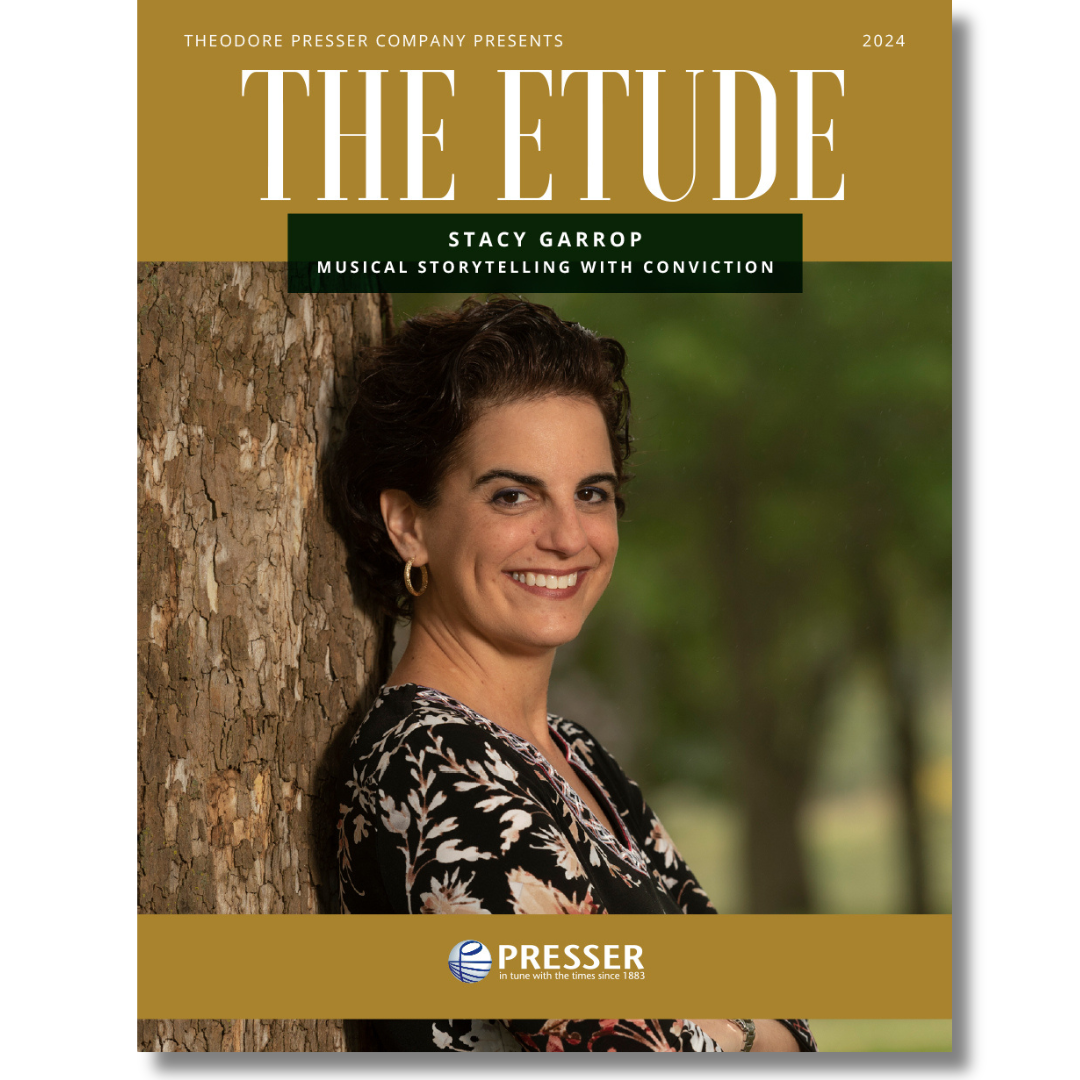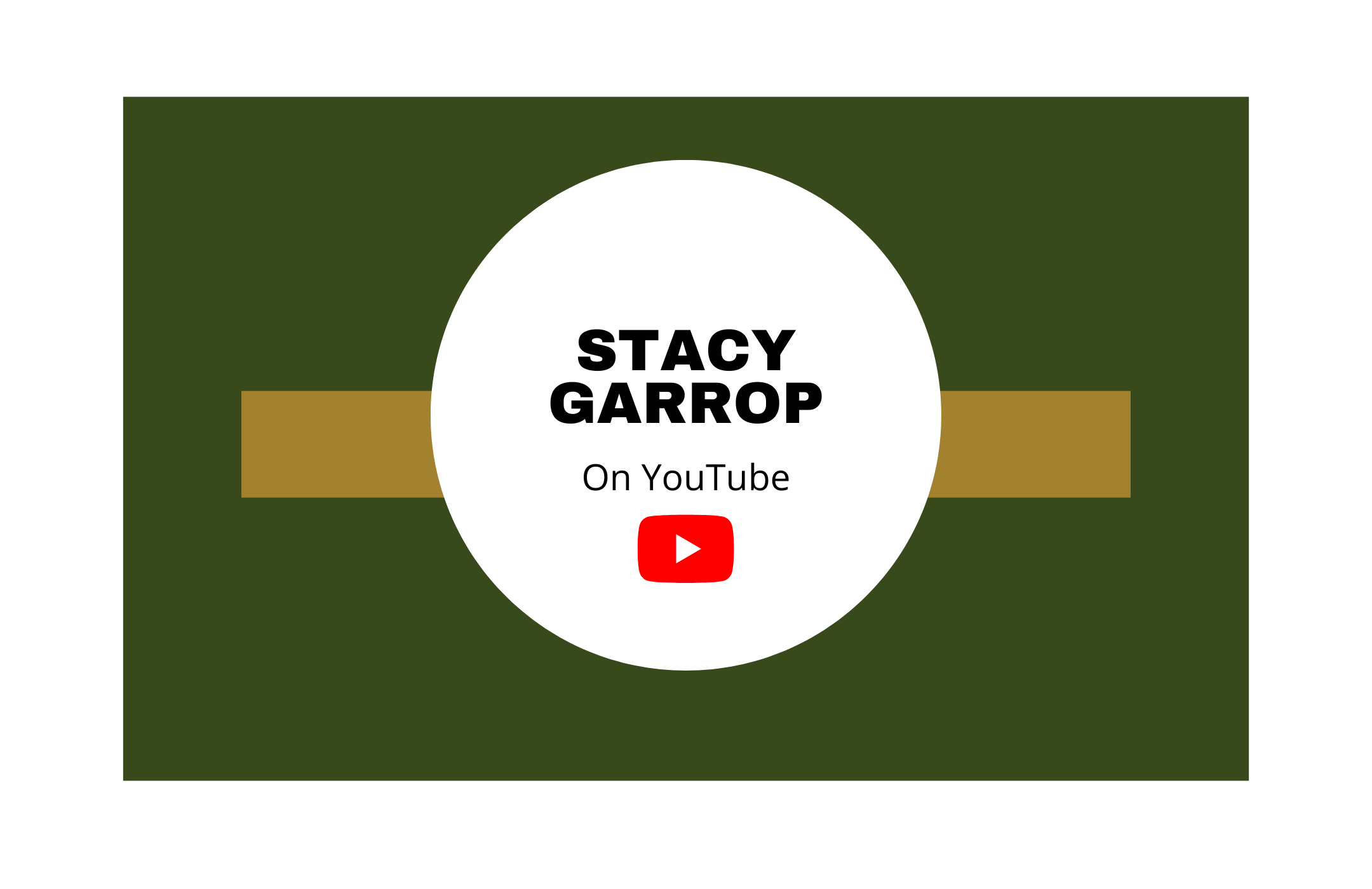

Stacy Garrop is a composer with a story to tell. Her music takes audiences on sonic journeys – some simple and beautiful, others complicated and dark. Whether she is writing for solo performers or the largest of forces, the tales she shares act as a vehicle for creating epic drama that compels audiences to live in the moment. Through her writing, Garrop invites us to experience our shared humanity and, in doing so, develop greater empathy for and understanding of one another.
Garrop’s works have been performed by some of the world’s most prestigious ensembles, including the Philadelphia Orchestra, Chicago Symphony Orchestra, “The President’s Own” United States Marine Band, Kronos Quartet, The Crossing, and Chanticleer. Garrop has been commissioned by the Pittsburgh Symphony Orchestra, Omaha Symphony, Cabrillo Festival Orchestra, St. Louis Symphony Orchestra, and the United States Navy Band. She has received numerous awards and grants including an American Academy of Arts and Letters Award in Music, Fromm Music Foundation Grant, Barlow Prize, and three Barlow Endowment commissions.
Garrop’s music is marked by poignant lyricism. Her material frequently employs text-painting to bring listeners deeper into the scene; the movement of the people and objects in her tales are illuminated by precisely corresponding rhythms, while harmonic shifts mark dramatic twists and turns in the plot. No matter the subject, Garrop’s art keeps audience members on the edge of their seats, eager to see what will happen next. Scroll now to learn more about some of her most popular pieces, and click into The Etude cover below for an in-depth look at her works in the Presser catalog.
TERRA NOSTRA
Oratorio
66'
Garrop’s Terra Nostra is a three-movement oratorio in three parts that focuses on the relationship between our planet and mankind, how this relationship has shifted over time, and ways through which we can re-establish a harmonious balance. This oratorio is set in three parts: “Creation of the World,” “The Rise of Humanity,” and “Searching for Balance.” Terra Nostra was commissioned by the San Francisco Choral Society in collaboration with the Piedmont East Bay Children’s Choir.
My hope in writing this oratorio is to invite audience members to consider how we interact with our planet, and what we can each personally do to keep the planet going for future generations. We are the only stewards Earth has; what can we each do to leave her in better shape than we found her?—Stacy Garrop on TERRA NOSTRA
THE TRANSFORMATION OF JANE DOE
Chamber Opera, Libretto by Jerre Dye
90'
It’s New Year’s Eve in Chicago, 1919. Just before the stroke of midnight, an anonymous woman leaps from the rooftop of a downtown hotel. The next morning, a young reporter named Abigail lands her first, major story, uncovering the identity of this mysterious jumper. The deeper Abigail descends into the complexity of Jane Doe’s story, the closer she comes to unearthing her own personal truth. The Transformation of Jane Doe is a gripping, powerful, and accessible noir-esque opera about truth, illusion, and one woman’s journey in a rapidly changing world.
THE BATTLE FOR THE BALLOT
Narrator and Orchestra, Chamber Orchestra, or Wind Ensemble
16'30"
The Battle for the Ballot features the voices of seven Suffragists. Garrop uses lines excerpted from their speeches and writings, then weaves these lines together to form a single narrative that follows their reasoning for fighting so hard for the right to vote. Commissioned by the Cabrillo Festival of Contemporary Music, The Battle for the Ballot commemorates the centenary of the passage of the Nineteenth Amendment to the United States Constitution in 1920 granting women the right to vote.
ALPENGLOW
Double Concerto for Alto Saxophone, Tuba, and Wind Ensemble
18'
Inspired by an optical phenomenon only visible from high altitude mountains at dawn and dusk, this double concerto for alto saxophone and tuba traces the sun’s daily journey over such peaks. The solo parts accumulate virtuosic animation across the work’s three movements, and eventually settle into evening stillness, when, according to the composer, the alpenglow is at its most radiant: “The earth’s atmosphere scatters the sun’s light, allowing only particular wavelengths through, and blanketing the mountains in rich hues of peach, pink, red, and purple.”
JARBA, MARE JARBA
SSAATTBB Saxophone Octet or Choir
4’30”
This alternately serenely sonoric and joyously jumping folk song first came to life as a commission by the famed chorus Chanticleer (recorded on their album Then and There, Here and Now). Garrop’s stellar arrangement of the work for saxophone octet or choir was created for renowned saxophonist Cristopher Creviston and the Arizona State University Saxophone Studio.
BOHEMIAN CAFÉ
Wind Quintet and Double Bass
8'
In celebration of Cedille Records' 25th anniversary, Garrop pays tribute to the vast array of street musicians ("buskers") of Prague, with snippets and passages from various sources and styles in a fun concert piece. Fifth House Ensemble gave the premiere performance of the work in 2015 at the annual Soiree Cedille.
MY DEAREST RUTH
Soprano and Piano
6'40"
Powerfully poignant and equally tender, My Dearest Ruth is Garrop’s musical setting of the final love letter from Martin Ginsburg to his wife, the opera-loving Supreme Court Justice Ruth Bader Ginsburg, only days before Martin’s passing. Commissioned by the Ginsburg family to celebrate Justice Ginsburg’s 80th birthday, the work later became a highlight of the Cedille Records album Notorious RBG in Song. My Dearest Ruth is a touching 6½-minute scene, touching in sound and deeply dramatic in meaning.
. . .to hear his [Martin Ginsburg’s] poignant words of devotion paired with Garrop’s exquisitely understated music was to sense the Ginsburgs’ deep and enduring love, as well as the pain of separation. With the handwritten letter projected onto a screen onstage, more than a few listeners were seen dabbing their eyes.—Howard Reich, Chicago Tribune
THE SOLITUDE OF STARS
Soprano Saxophone and Piano
5'
This 5-minute work for soprano saxophone and piano depicts the composer’s awe at experiencing a nighttime view of the starry heavens, shining brightly over the vast expanse of the Wyoming prairie. The slow passage of time is evoked by slowly rocking eighth-notes that create a gentle texture. The Solitude of Stars is a powerful depiction of celestial beauty suitable for intermediate and advanced-level performers.



